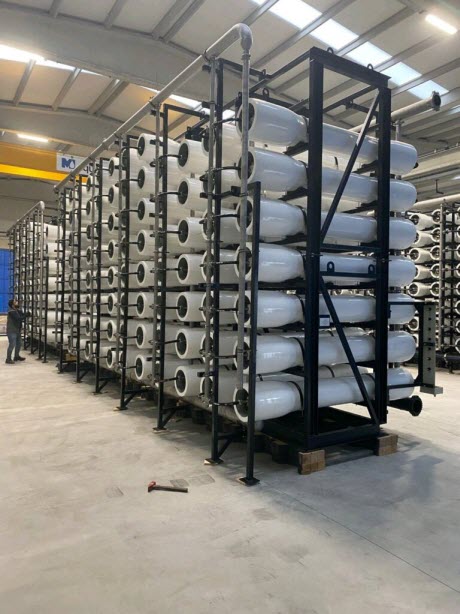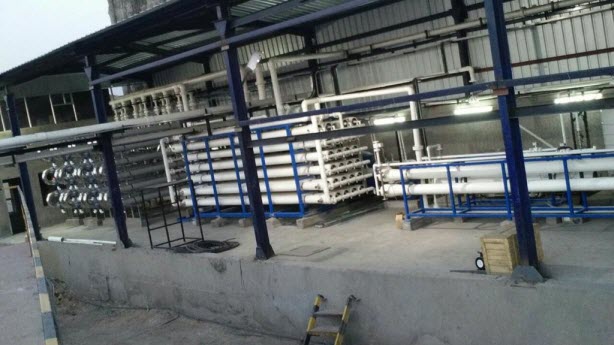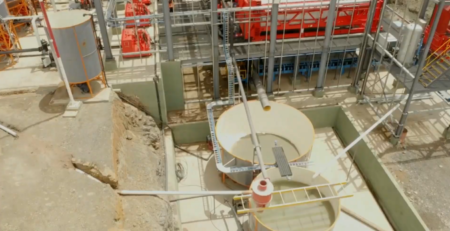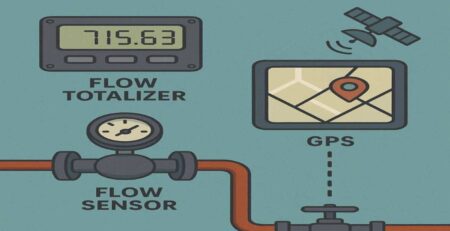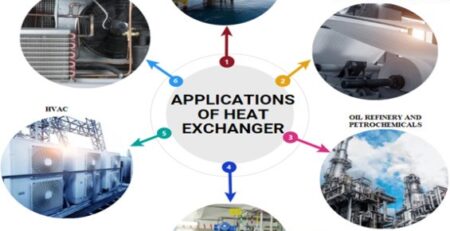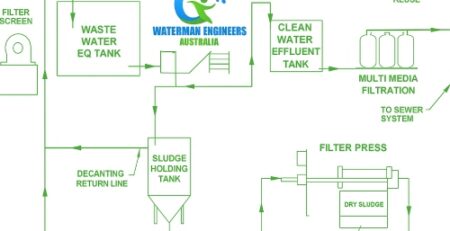Importance of Reverse Osmosis Plants in the Thailand Market
A reverse osmosis system is a device that can help to remove dissolved solids from water. The reverse osmosis process uses a filtration membrane that is able to filter the water from a variety of contaminants. The process works by using a pump to push the water through the reverse osmosis system. A permeate pump is also used to reduce the wastewater from the reverse osmosis system.
What is the Cost of a Reverse Osmosis System in Thailand?
If you’re looking to purchase a reverse osmosis system in Thailand, you might be asking yourself how much it costs. Although it can be a substantial investment, a reverse osmosis water treatment unit can save you hundreds of dollars per year.
Reverse osmosis systems remove dissolved solids from water, such as chlorine and sediment. They also allow you to filter out salts, which can cause your water to become hard.
Reverse osmosis can be a very reliable and effective way to treat your drinking water. However, it needs to be maintained regularly.
A standard reverse osmosis system has four filtration stages. Typically, each stage removes up to 99.9% of total dissolved solids (TDS). Depending on the brand and type of reverse osmosis system you choose, additional filtration stages may be included. The more stages you have, the higher the price of your system.
Some reverse osmosis systems have 10 or 12 stages. These are often more powerful and cost more than the average system. A reverse osmosis system can last decades with proper care.
How Reverse Osmosis Removes Dissolved Solids from Water?
Reverse Osmosis is a process that cleans water by forcing a solvent through a semi-permeable membrane. It removes particles, organics, bacteria and salts. This process is used to filter and purify drinking water and is also commonly used in the food and beverage industry.
The process is similar to other membrane technologies. The process is performed by using a semi-permeable membrane to separate two containers of water. In this process, the pressure of the water against the membrane forces the solvent through the membrane until the difference in concentration between the solvent and the water is reduced.
Reverse Osmosis is a very effective process for treating surface water. The membranes that are used in the process are designed to withstand high pressures. The pressure can range from a few thousand pounds to hundreds of thousands of pounds.
The capacity of a reverse osmosis system is dependent on the total dissolved solids in the feed water. Reverse Osmosis plants can be equipped with three to five stages of filtration. Each stage is typically accompanied by a pre-filter, carbon filter and post-carbon filter. The pre-filter and carbon filter help prevent the flow of larger particles and chemical compounds.
Reverse Osmosis Plants Reduces Alkalinity
Reverse Osmosis plants can greatly reduce the alkalinity of water. The reason for this is that they use a process called osmosis to force the water through a semi-permeable membrane. The more concentrated the feed water, the more pressure you will need to put on the system. This makes the system a bit more expensive than some of the other kinds of treatment options.
A reverse osmosis system separates water into two streams. The first is the pure water and the second is a more concentrated form of the water known as brine. The concentrate then flows back to an incinerator. The water left behind is the waste.
The benefits of using a reverse osmosis plant include being able to produce bottled quality water in your home. This helps to cut down on the costs of buying bottled water. This also helps you to avoid the potential health risks of consuming contaminated water.
Reverse osmosis is one of the most extensive types of filtration systems. This is because it removes not only dissolved solids, but also bacteria and many other contaminants.
A good reverse osmosis system can last for 10 to 15 years. However, it is a good idea to change the filters every 2-4 years.
You can save money and improve your health by reducing the amount of water that you send down the drain. You can do this by installing a permeate pump. These pumps decrease the wastewater by 75 to 80%.
How Permeate Pumps Reduce the Wastewater from a Reverse Osmosis System?
Permeate pumps are designed to increase the efficiency of reverse osmosis systems. When an RO system uses a permeate pump, it is able to produce cleaner water at a faster rate. This also reduces the amount of waste water generated by the RO unit.
An RO system that is equipped with a permeate pump can reduce the wastewater produced by up to 80%. It can also prolong the life of the system. In addition, a permeate pump will boost the quality of the clean water that the RO unit produces.
A Reverse Osmosis system uses high pressure to draw water through a semi-permeable membrane. It blocks the majority of dissolved salts, bacteria, and microbiologic contaminants from the water. This type of filtration removes minerals such as calcium and magnesium.
Reverse Osmosis systems work well when operated at an ambient temperature. However, when a warmer temperature is needed, a heat exchanger can be installed to pre-warm the feed water.
An emerging process for reverse osmosis called closed circuit reverse osmosis allows for a much higher recovery than standard reverse osmosis. In a closed-circuit process, the permeate is returned to the membrane, where it is recirculated in a batch-like operation.
In this type of system, the feed pressure is boosted to later stages of the system to ensure cross flow. It is also possible to throttle the permeate flow from the front stages to balance the productivity of the system.
Increased demand for RO Membrane in Water & Wastewater Treatment in Thailand
Water and wastewater treatment companies in Thailand are experiencing an increased demand for RO membranes. These systems are used to remove contaminants such as bacteria, colloids, and pyrogens from water. Reverse osmosis (RO) is a method of treating surface and brackish water, and has been widely adopted by industries such as food and beverage, pharmaceuticals, and semiconductor manufacturing.
Several significant studies have been conducted to examine the performance of RO membranes for high strength wastewater. The pre-treatment process is important to avoid membrane fouling. A Fenton-based AOP process is a good choice to degrade persistent organic pollutants. It has been found to be very effective at reducing COD concentration.
Fouling on the RO membrane can result from a variety of factors. This includes a lack of biocide, oxidizers such as chlorine, and filter media downstream of the RO unit.
Scaling is also a problem. Scaling is caused by the concentration of dissolved inorganic compounds. For example, calcium carbonate is a common scale. The higher the concentration factor, the more likely it is that the membrane will be prone to scaling. The membrane is cleaned using 30% hydrochloric acid. This can be done offsite.
Seawater Desalination Reverse Osmosis Membrane
Reverse osmosis membrane is one of the most commonly used components in a seawater desalination plant. It is designed to separate dissolved substances from seawater and to purify wastewater before it is released into the environment.
The global reverse osmosis membrane market is expected to register a CAGR of 9.9% over the forecast period. The increase in the demand for water purifiers, increased water scarcity, and increasing demand for clean drinking water are some of the factors that are expected to drive the Thailand market of Reverse Osmosis System.
The growth of the Thailand reverse osmosis membrane market will depend on the development of advanced membrane technologies. It is also expected to grow owing to the increase in the demand for water purifiers in the Asia-Pacific region. Moreover, the rapid urbanization in the region is expected to drive the demand for reverse osmosis membrane plants.
The most basic component of a reverse osmosis system is the high pressure feed pump. This pump provides the necessary pressure to force water through the membrane. It is important to select a strong high pressure pump that can withstand the pressure required.
The membrane is made of a synthetic or natural material. It is generally made of a thin film composite. These membranes have excellent formability characteristics and have the ability to promote water permeation. The thickness of the membrane is dependent on its application.
The Bottom Line
Reverse Osmosis plants also can be used in a variety of industrial applications. These include manufacturing processes that require the removal of specific inorganic ions or pesticides. Other industrial uses for RO systems include metal finishing and semiconductor manufacturing.

